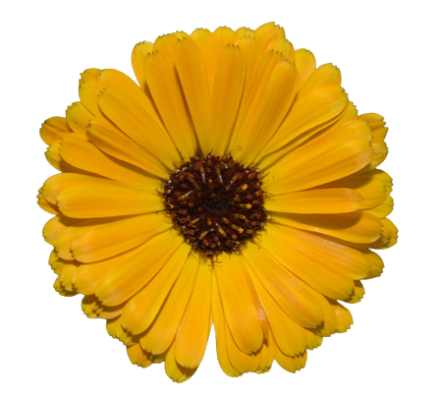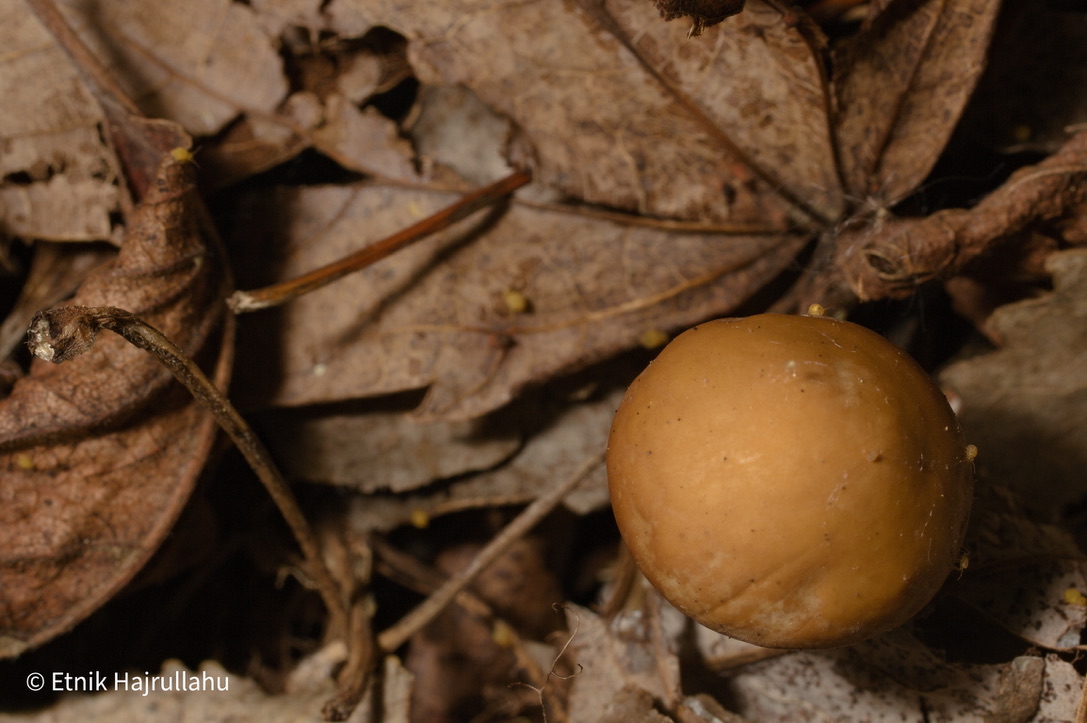The puffball mushroom is a fascinating and distinctive type of fungi that can be found in many parts of the world. Here are some key characteristics and facts about this interesting organism:
Appearance
Puffball mushrooms are named for their distinctive shape – they are roughly spherical, with a diameter that can range from a few centimeters to over a foot. The outer layer of the puffball is thick and leathery, and is often covered in small bumps or spines. As the puffball matures, it turns brown or black and eventually splits open to release clouds of powdery spores.
Habitat and Distribution
Puffball mushrooms are found in many parts of the world, including North America, Europe, and Asia. They typically grow in grassy fields, meadows, and forests, often in groups or clusters. Puffballs are most commonly found in late summer and fall, although some species can be found year-round in warmer climates.
Behavior and Uses
Puffball mushrooms are primarily decomposers, breaking down dead organic matter and returning nutrients to the soil. However, they are also eaten by many animals, including insects, rodents, and some birds. Some species of puffball mushroom are also edible for humans, and are considered a delicacy in some cultures. However, it is important to exercise caution when collecting and consuming wild mushrooms, as some species can be toxic.
Conservation Status
Puffball mushrooms are not currently considered endangered, but their populations can be impacted by factors such as habitat loss, climate change, and pollution. Additionally, some species of puffball mushrooms are overharvested for culinary or medicinal purposes, which can lead to declines in their populations.
Interesting Facts
- The spores of some puffball mushroom species are used in traditional medicine to treat a variety of ailments, including skin infections and respiratory problems.
- Some species of puffball mushroom are bioluminescent, meaning that they emit a faint glow in the dark.
- Puffball mushrooms have been used as a source of ink for writing and drawing, as well as a natural dye for textiles.
In summary, the puffball mushroom is a unique and fascinating type of fungi that plays an important role in many ecosystems. Its distinctive appearance and ecological roles make it a valuable subject for scientific study and conservation efforts.

